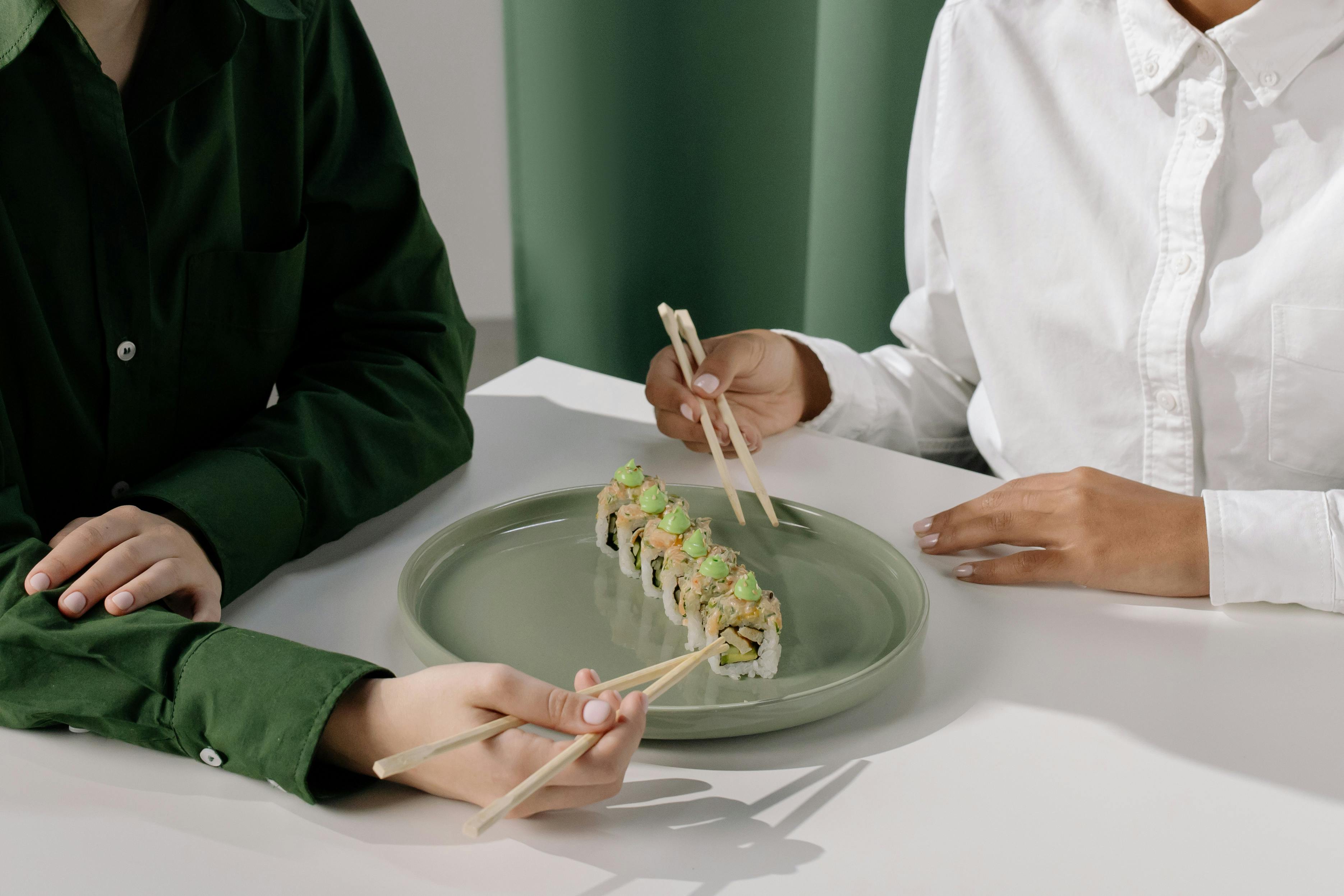
Health and sugar: extra frosting on the cake
The United States has a sugar problem and it is getting bigger every day. Did you know that an estimated one in four people has diabetes or is in a prediabetic condition?
In 1801, historians estimated that sugar consumption per person was about 8.4 pounds of sugar per year, which translates to about 2.2 teaspoons a day. Current consumption has skyrocketed to about 170 pounds. a year, or about a cup a day.
The increased consumption of refined sugar has created a nation of obese and malnourished people who eventually have to succumb to insulin to facilitate the entry of blood glucose into cells for energy.
We simply do not know the relationship between health and sugar, which is not surprising, since sugar has many faces, a large proportion of which are much less obvious. Sugar isn’t just the sweet white substance that is sprinkled on cereal or added to coffee.
As for the obvious places where sugar abounds, there are cakes, cookies, cakes, and candies that not only contain sugar, but are often loaded with excess sugar – more sugar than our taste buds require. In fact, there is ‘extra icing on the cake’.
Then there are the sodas, sweetened with HFCS (high fructose corn syrup).
Plus, all processed carbohydrates are essentially sugar! In addition to the obvious places where sugar resides, it also lurks in bread, bagels, cereal, canned goods, pasta sauce, crackers, yogurt, salad dressings, and peanut butter.
I’ve said it many times before, but it bears repeating. Learn to read food labels and read everything you consider putting in the shopping basket. Be on the lookout for the many forms of sugar.
Most people are beginning to understand the dangers of high fructose corn syrup, the most common culprit. A highly concentrated and highly processed sweetener, it is widely used because it is cheap. As such, companies get untold mileage on just a small amount of HFCS. Be careful with products that contain HFCS in the ingredients.
But HFCS is not the end. If you are trying to avoid sugar, you should also look for corn syrup solids; fructose; dextrose; lactose; maltodextrin; ethyl maltol; barley malt; diastasis; sorbital; modified corn starches; saccharose; and carob syrup.
To determine how many teaspoons of sugar are in a product, take the number of grams of sugar and divide it by 4. So if a product has 28 grams of sugar, think of 7 teaspoons of sugar.
Examples:
• Half a cup of Chunky Monkey from Ben and Jerry’s contains 28 grams or 7 teaspoons of sugar.
• A large 16-ounce Starbucks Strawberry Cream Frappuccino with whipped cream includes 85 grams, or about 21 teaspoons, of sugar.
• Big Gulp or Super Sized sodas are the worst offenders and can have more than 20 teaspoons of sugar.
And while it’s tempting, don’t think of artificial sweeteners as part of the solution. Artificial sweeteners, such as Splenda, aspartame, and saccharin present their own problems and should be avoided at all costs.
These sweeteners, offered alone or mercilessly marketed in the form of diet products or as products that are healthier or healthier than their ‘naturally sweetened’ counterparts, are actually nasty chemicals, possibly suitable for pesticides, but certainly not for human consumption.
A good alternative to sugar is stevia, especially green stevia if you can find it. Not only is this herb very sweet, it also has health benefits and will not spike your blood glucose like real sugar. Agave nectar is also a better substitution.
Also, don’t be fooled into thinking that using more natural sugars like honey or raw sugar is a safe bet. If you have trouble controlling your blood sugar, the sugar is still sugar.
For many of us, an improved diet requires a better understanding of health and sugar, and it generally translates into reducing our overall sugar intake.
At first, something may appear to be missing; your body may even go into withdrawal, searching for sugar / sweetness like a drug.
Start dealing with your sugar craving by adding sweet vegetables like carrots or beets, or eat an apple or other fresh fruit. Although fruit has sugar, there are enough nutrients and fiber in these foods to slow down digestion, preventing rapid spikes in blood glucose.
Over time, you will learn to replace old sugar or artificially sweetened foods with better options. Your body will reward you: you will feel less irritable and more balanced.